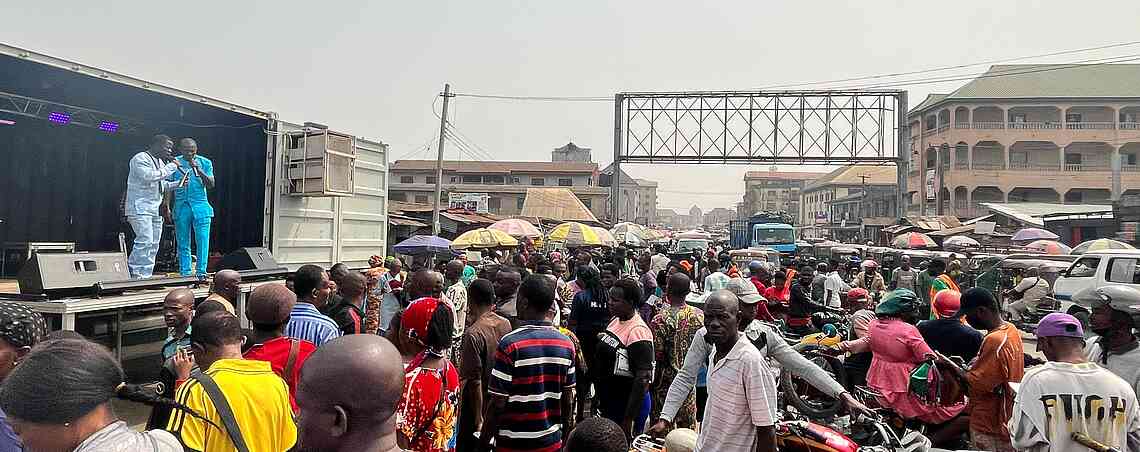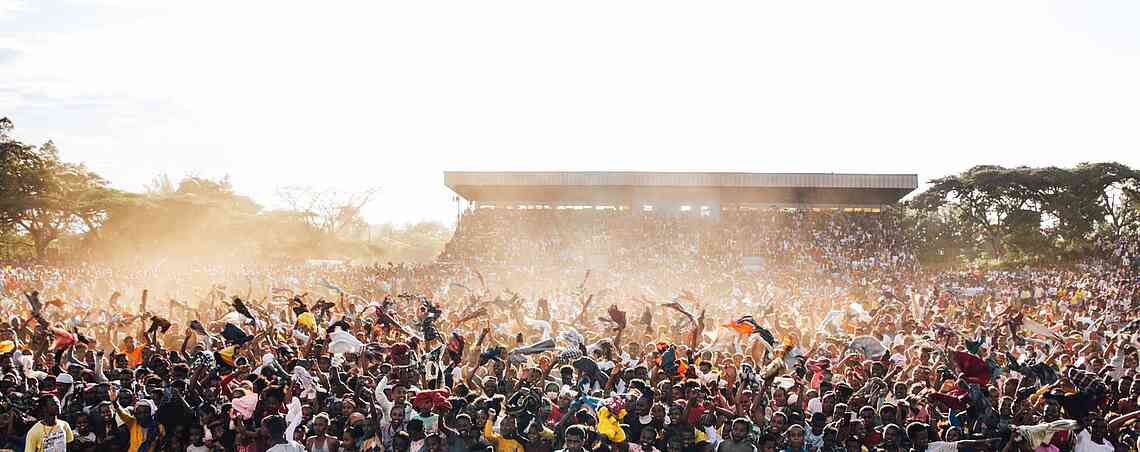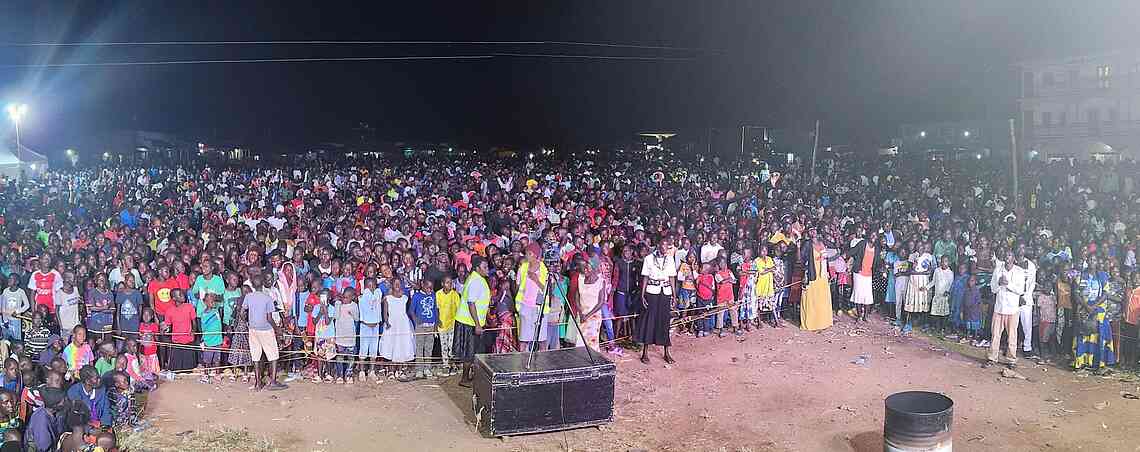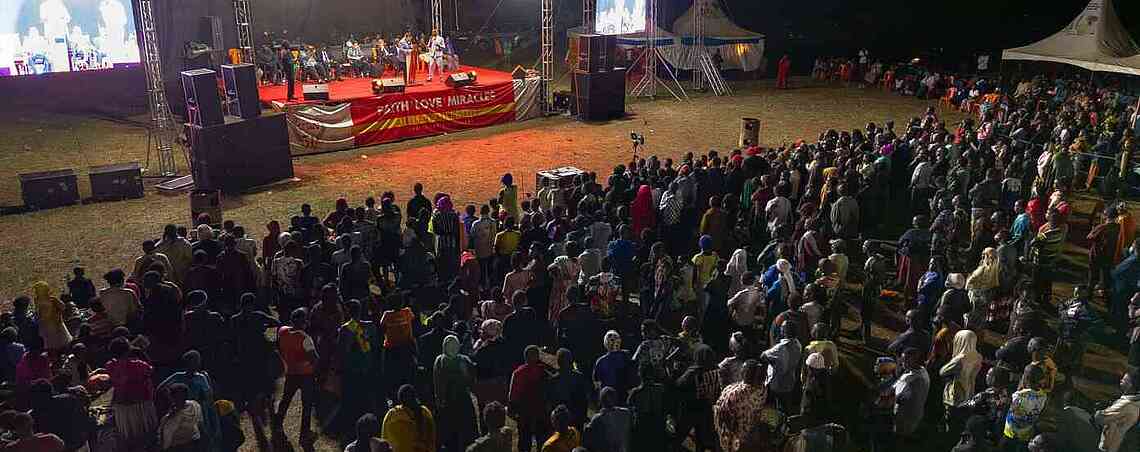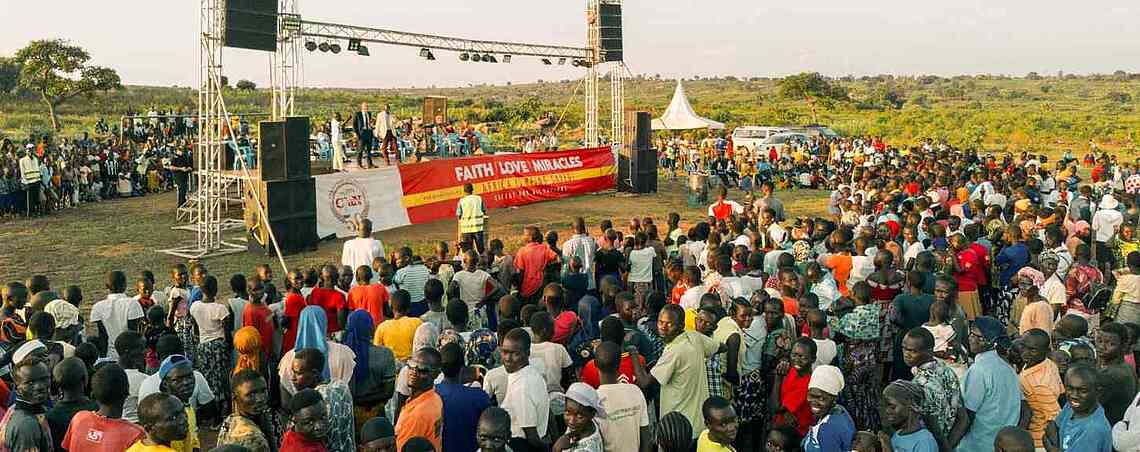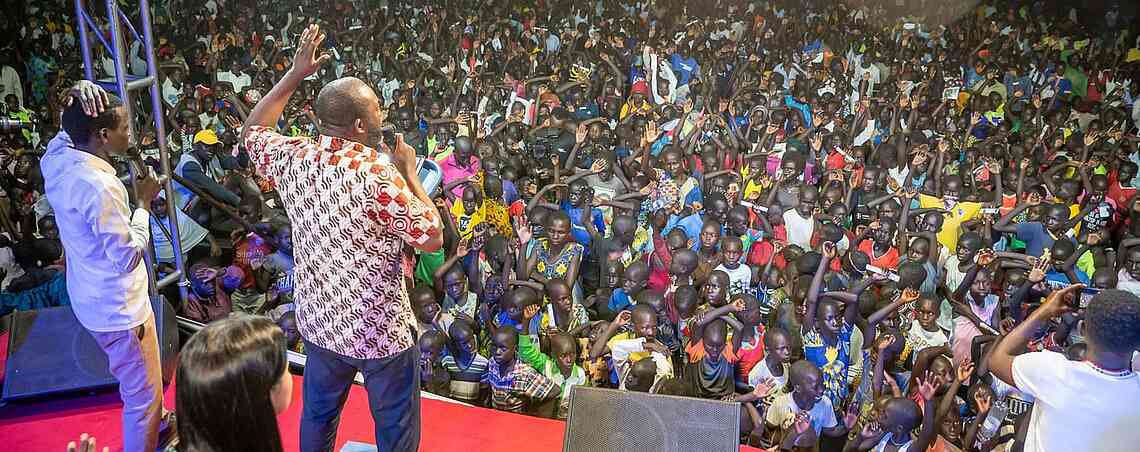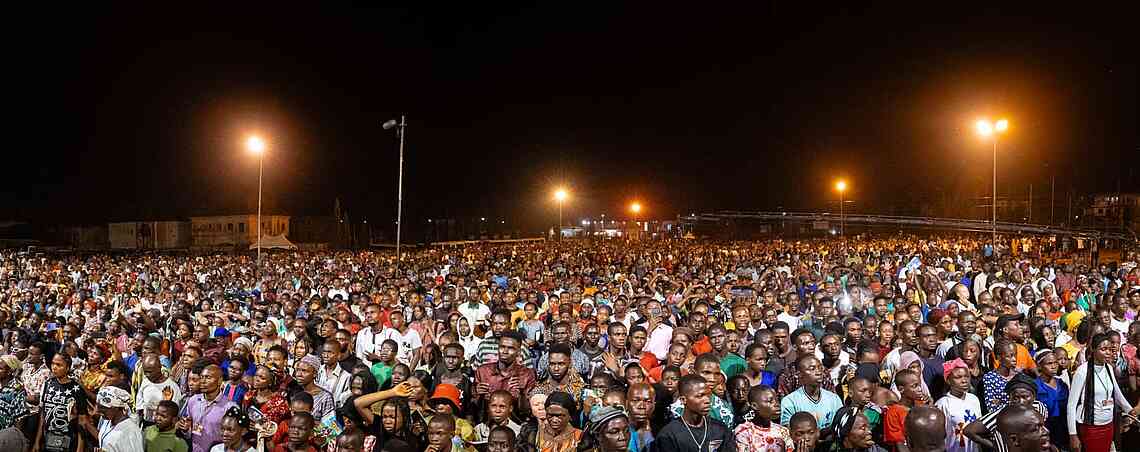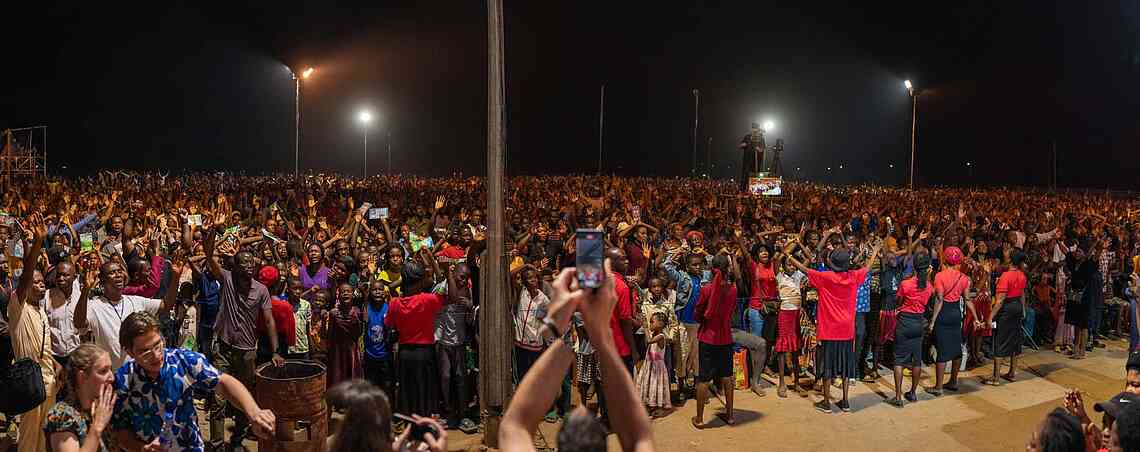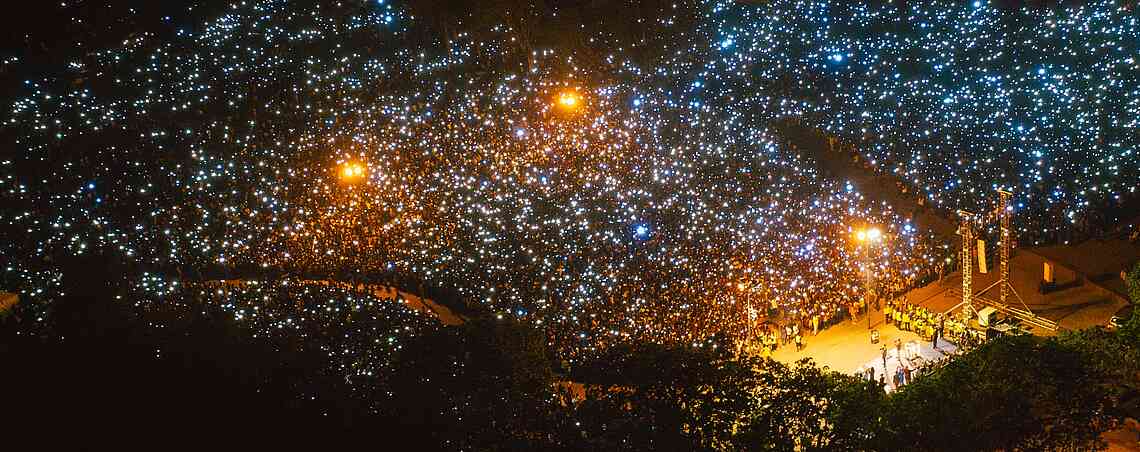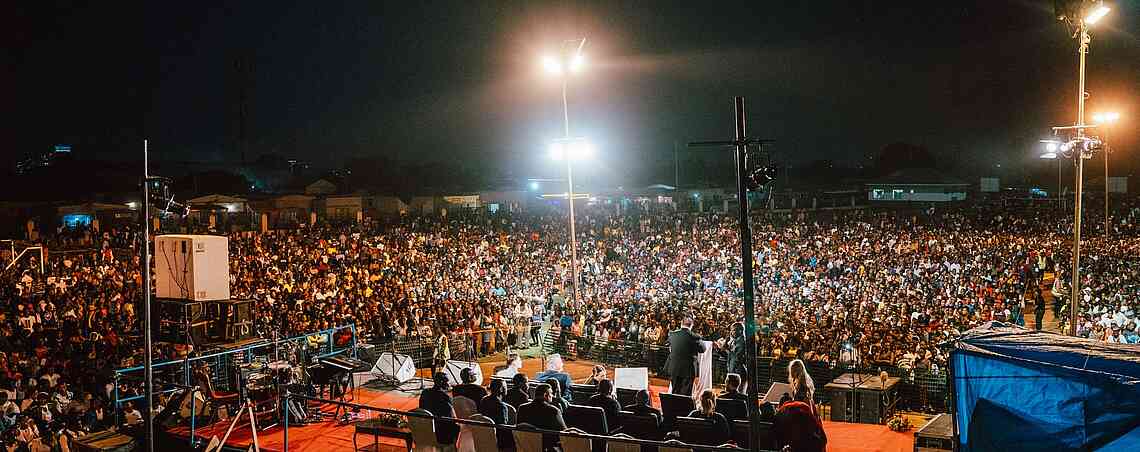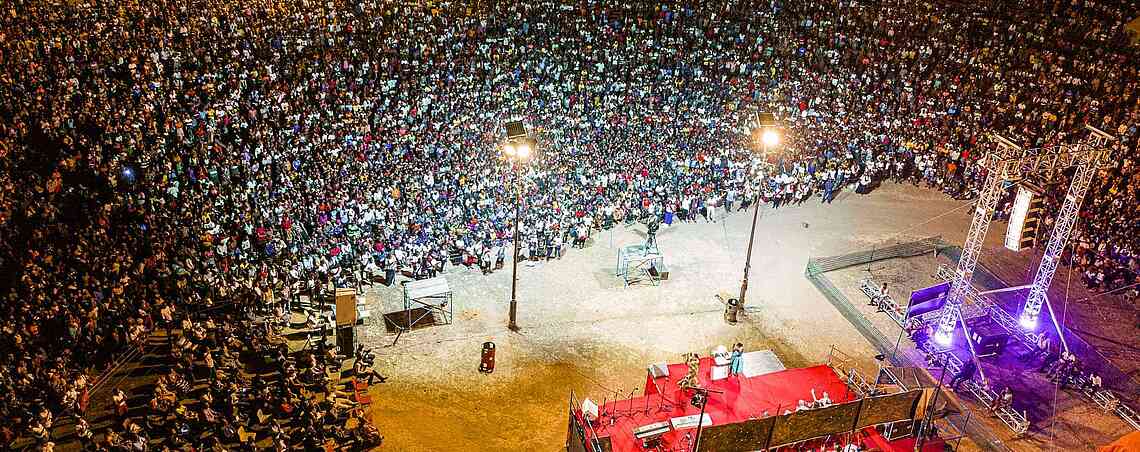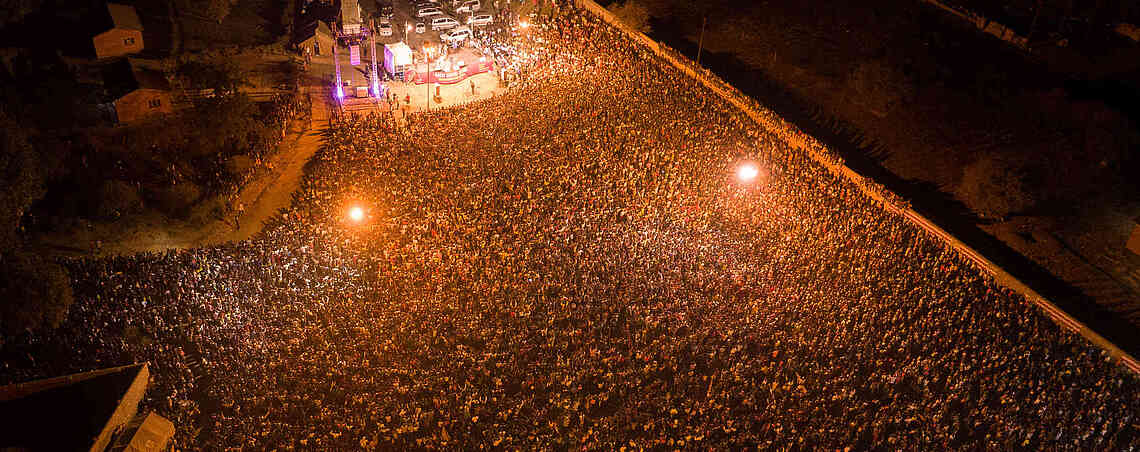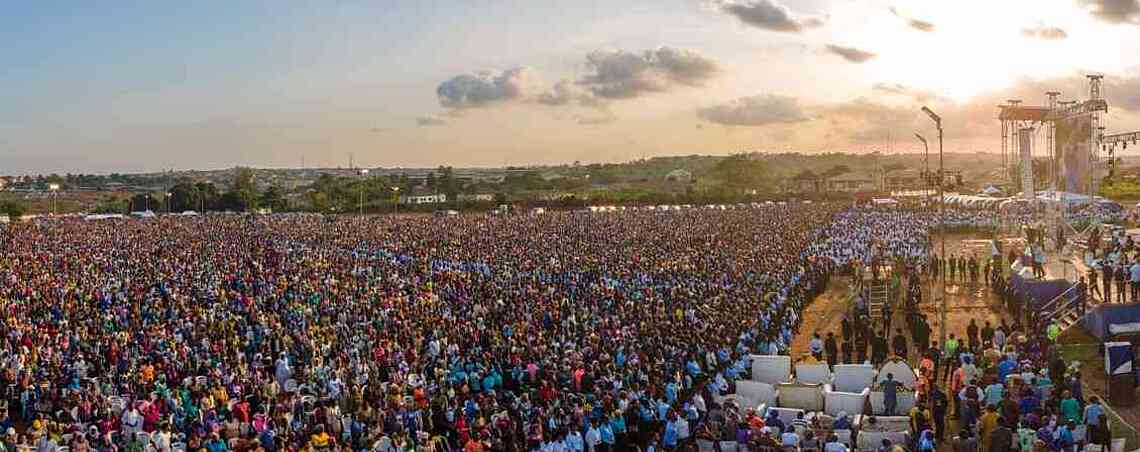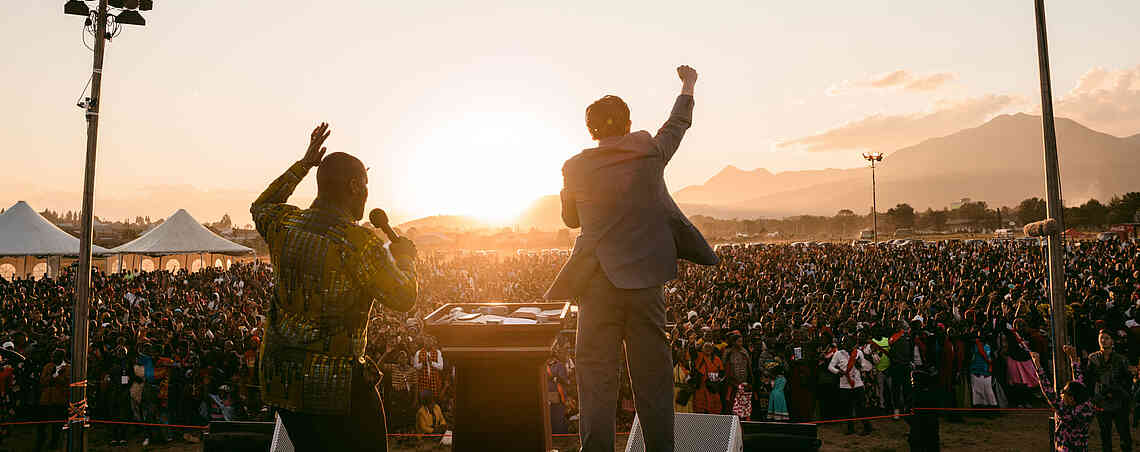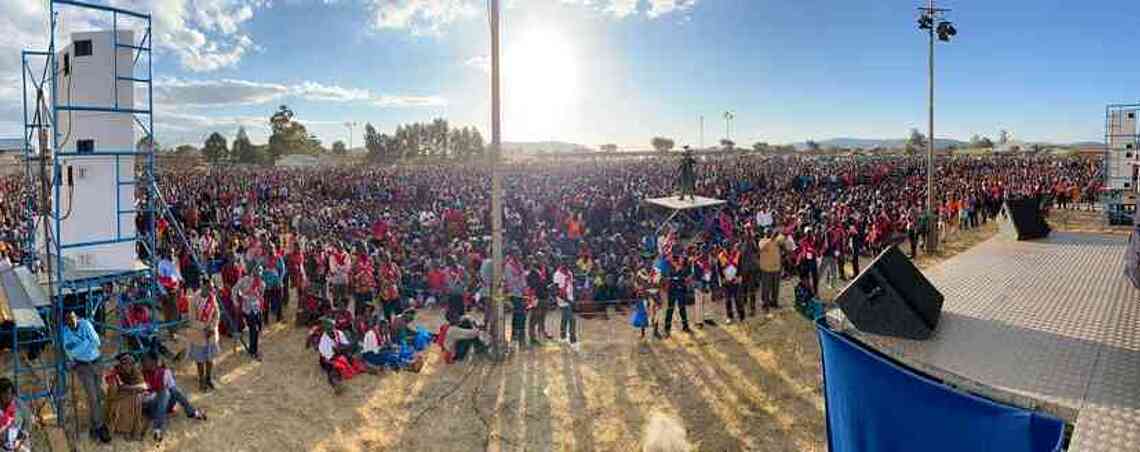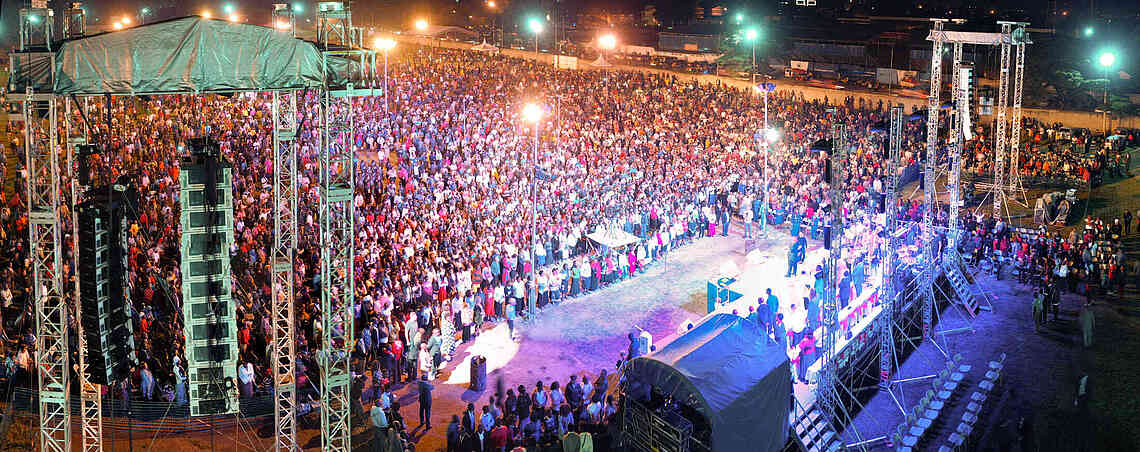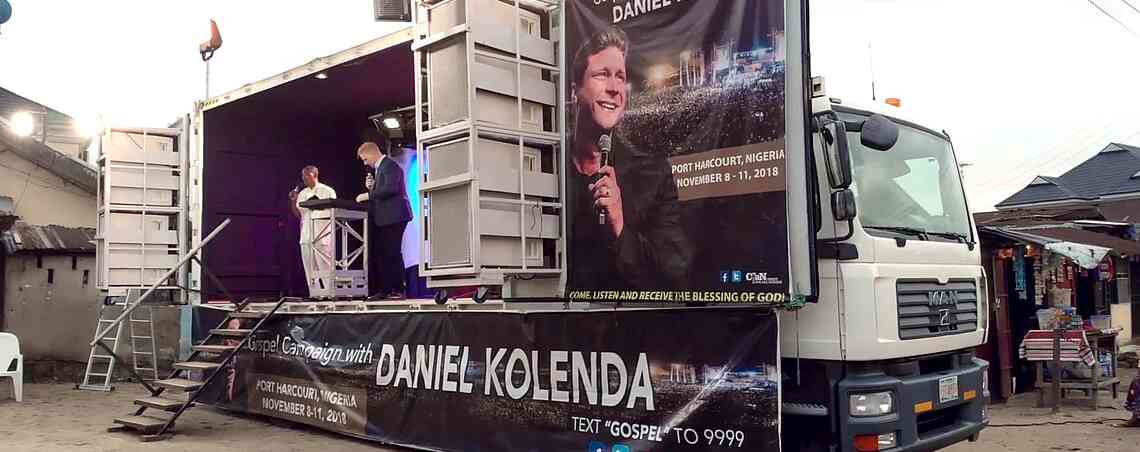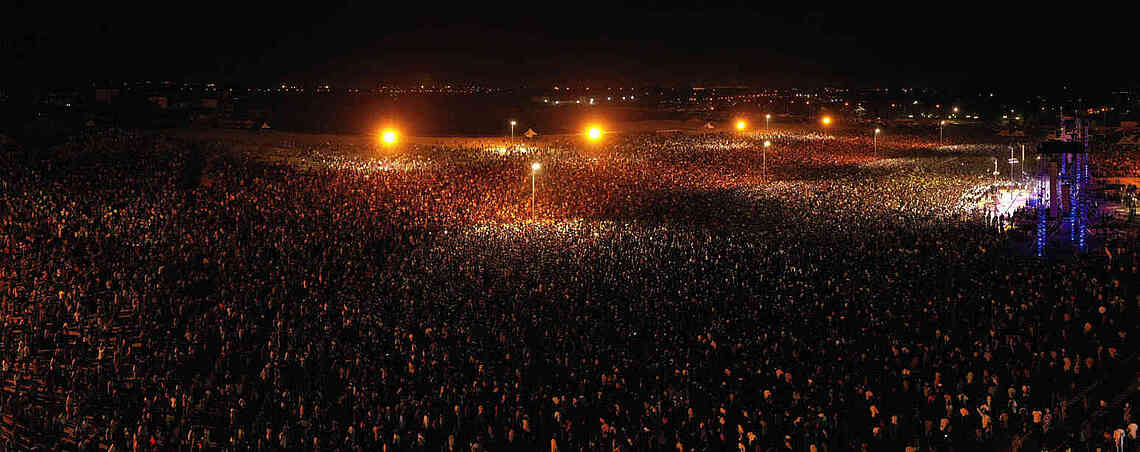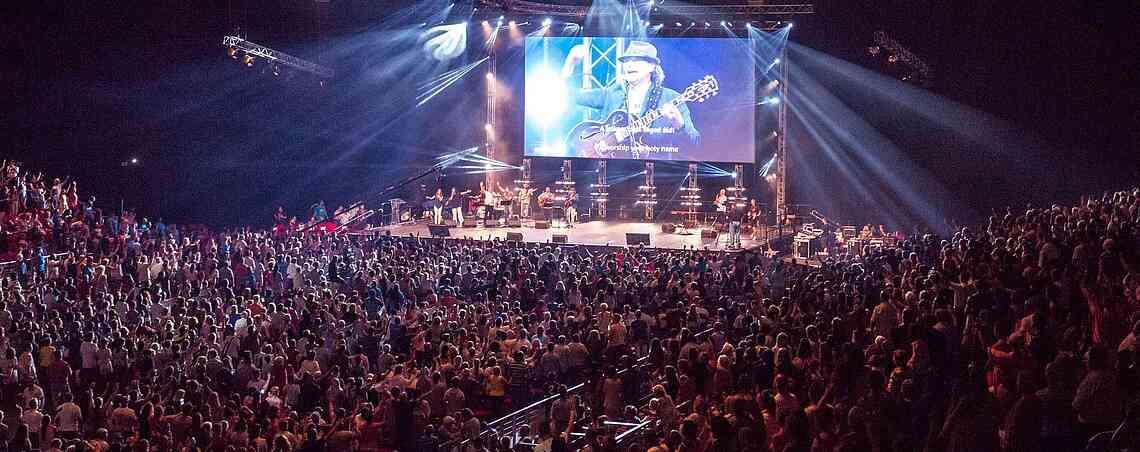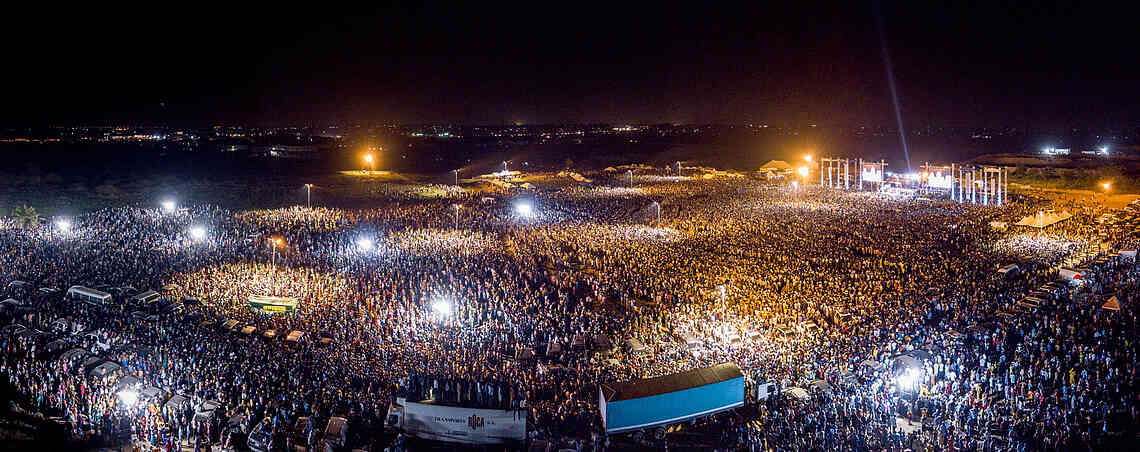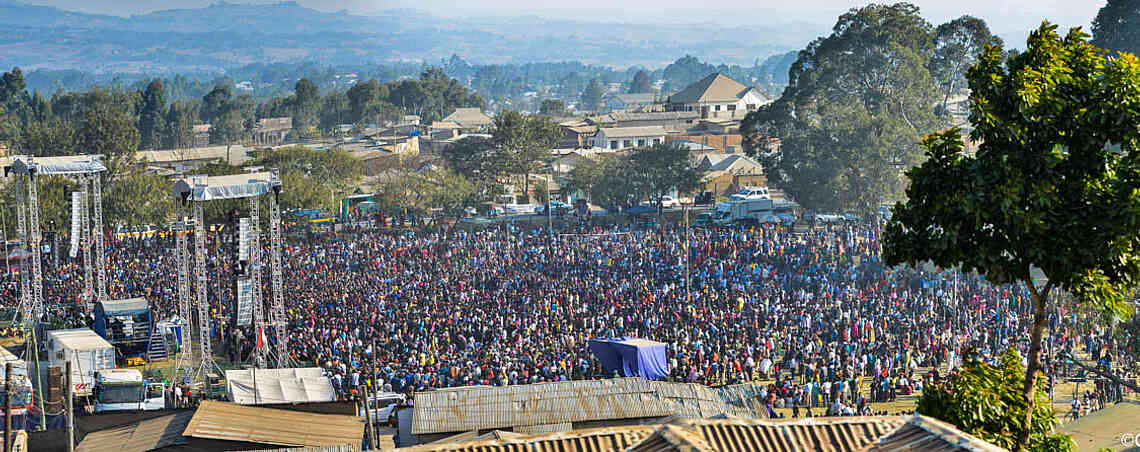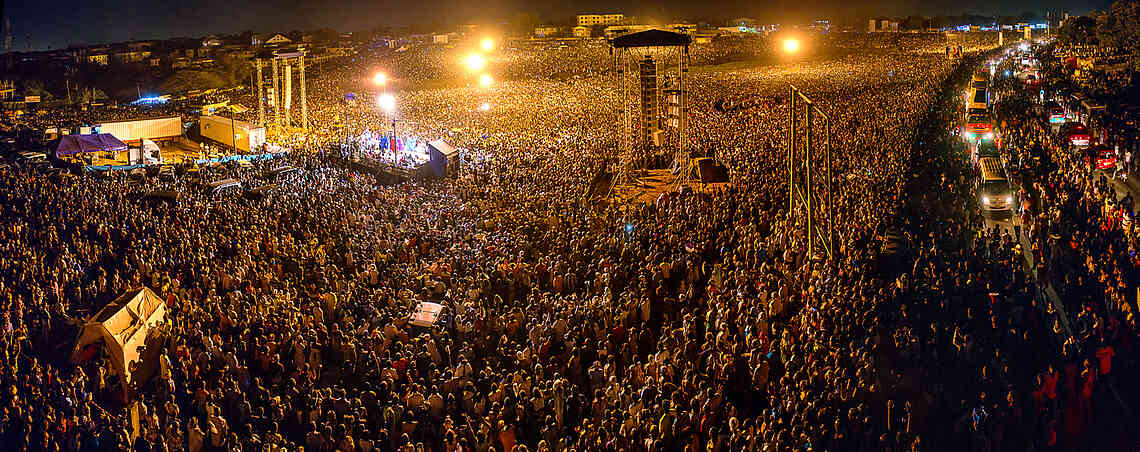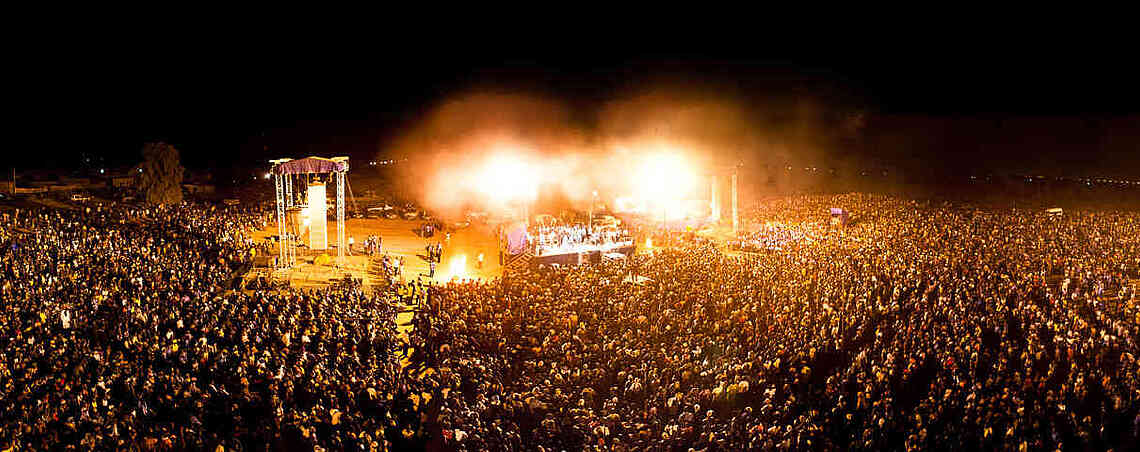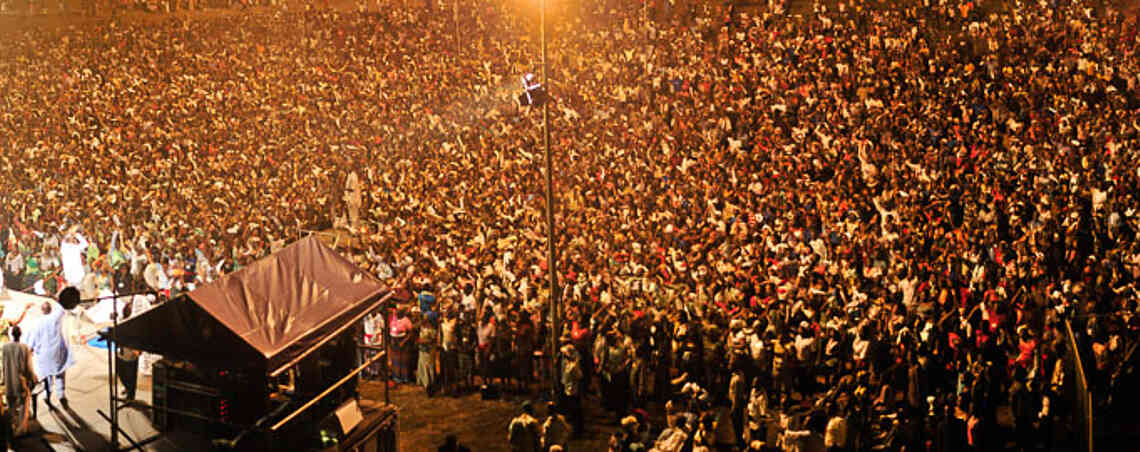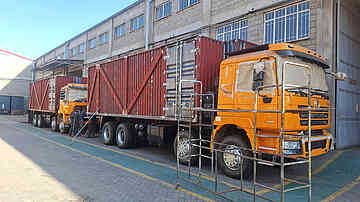28 – 31 January 2016
Bouaké, Côte d'Ivoire (Ivory Coast)
Bouaké is an important economic center in the heart of Côte d'Ivoire. It is located in the Vallée du Bandama region and has always drawn many different ethnic groups. The country has about 25 million inhabitants comprised of approximately 60 different ethnic groups. About 40% are Muslim and only around 30% are Christian. There are numerous animists and followers of ancient cults. Due to the diversity of the ethnic groups there is a stark contrast in the traditions and languages. The official language is French.
Even though the city of Bouaké has about 1.5 million inhabitants and is likely the second largest in the country, it has remained rural and “African”, in comparison to the metropole of Abidjan at the coast. You will find fields of vegetables and rice or large mango trees right in the middle of the city.
Agriculture is the primary economic sector, mainly the cultivation of cotton. In 1921 a textile mill was established, the first industrial endeavor in the whole country. Oil and soap are also produced from cotton seed there. France is the main trading partner. But about 60% of all cocoa imported into Germany originates in Côte d'Ivoire.
In 1893 France declared Côte d'Ivoire a French colony. Close to the village of Gebekekro, in the heart of the savannah, French troops established a military camp in 1898. Under the name of Bouaké this village was governed according to European standards. In 1904 the first post office was established and in 1907 a telegraph. Ever since then the town has grown rapidly. To this day the typical separation implemented by French colonialization is visible: One part is made up of a haphazardly developed native settlement separated by railway tracks from the grid-square European settlement.
As most African cities south of the Sahara, Bouaké is a comparatively “young” city. On average, the population is just under 20 years of age.




